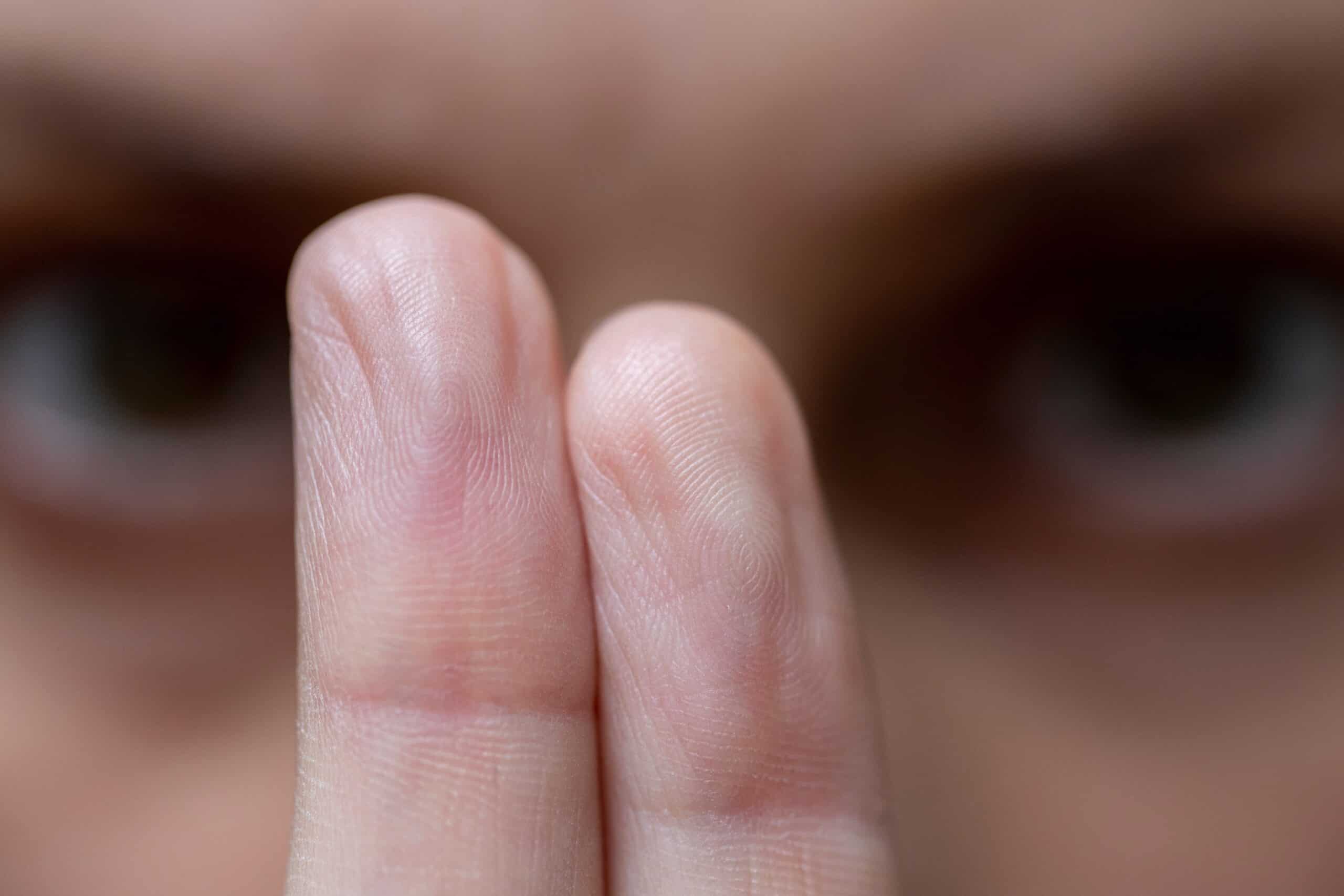Eye Movement Desensitization and Reprocessing (EMDR) has emerged as an effective treatment for trauma, PTSD, anxiety, and other mental health disorders. But what is EMDR and how does EMDR therapy work? Let’s explore the fascinating world of EMDR therapy, its underlying principles, and how it works to transform the lives of those struggling with emotional wounds.
What is EMDR Therapy and How Does it Work?
The Center for Health Care Strategies states that trauma-informed care takes the focus from, “What is wrong with you?” to “What happened to you?” This approach to providing mental health support and services considers the potential impact of past traumatic experiences on an individual’s well-being. It recognizes that many people have experienced trauma at some point in their lives. As a result, these experiences can have lasting effects on their physical, emotional, and mental health.
What is EMDR Therapy?
Eye Movement Desensitization and Reprocessing (EMDR) therapy is a unique and integrative psychotherapy approach. Developed in the late 1980s by Francine Shapiro, EMDR therapy has gained widespread recognition for its ability to unlock emotional healing and promote adaptive coping mechanisms.
EMDR has been shown to help individuals process distressing memories and experiences. It primarily targets the psychological effects of trauma and promotes the natural healing ability of the mind. Unlike traditional talk therapies, EMDR involves bilateral stimulation, most commonly using eye movements, to facilitate emotional processing and resolution of traumatic events.
How Does EMDR Therapy Work?
The underlying basis of EMDR therapy is rooted in the Adaptive Information Processing (AIP) model. According to this model, our brains have a natural capacity to process and integrate traumatic experiences, allowing them to be stored more adaptively.
However, when a traumatic event overwhelms our natural coping mechanisms, these experiences remain unprocessed, leading to the development of post-traumatic stress disorder (PTSD) and other psychological issues.
EMDR works by accessing these unprocessed memories and facilitating their integration through bilateral stimulation. During a typical EMDR session, the therapist guides the client through a series of eye movements or other forms of bilateral stimulation while focusing on a specific traumatic memory. This process helps the individual reprocess the memory. Thus, reducing its emotional intensity and allowing them to gain new insights and perspectives.
Eight Phases of EMDR Therapy
So, how does EMDR therapy work throughout treatment? EMDR therapy follows a structured and systematic approach, consisting of eight distinct phases:
- History-taking and Treatment Planning: The therapist gathers information about the client’s history and identifies specific target memories to address during EMDR.
- Preparation: Establishing a strong therapeutic alliance is crucial before diving into the processing phase. Clients learn coping techniques to manage emotional distress during therapy.
- Assessment: The client identifies the negative beliefs associated with the targeted memory and the positive beliefs they desire to instill.
- Desensitization: The processing phase begins, and bilateral stimulation is used to facilitate the reprocessing of the traumatic memory.
- Installation: The positive beliefs identified earlier are strengthened and integrated into the client’s self-perception.
- Body Scan: The therapist helps the client identify any residual physical tension associated with the traumatic memory and facilitates its release.
- Closure: At the end of each session, the client practices self-soothing techniques to ensure emotional stability until the next session.
- Reevaluation: The progress made is assessed regularly, and any remaining issues are addressed in subsequent sessions.
The Role of Bilateral Stimulation
Bilateral stimulation serves as the symbol of EMDR therapy. While eye movements are the most commonly used form of bilateral stimulation, other methods such as tapping, auditory tones, or tactile sensations may also be employed. The rapid and rhythmic bilateral stimulation seems to stimulate the brain’s natural information-processing capabilities. Therefore, allowing traumatic memories to be integrated more effectively.
The specific neural mechanisms behind bilateral stimulation’s effectiveness are still being studied. But research suggests that it may mimic the brain’s natural processing during REM sleep when memories are consolidated and emotional charge is reduced.
EMDR’s Effectiveness and Applications
Extensive research has accumulated to support EMDR therapy as well as recognition from reputable organizations such as the World Health Organization (WHO) and the American Psychological Association (APA). Its effectiveness extends beyond PTSD treatment. Therefore, proving valuable in addressing a wide range of mental health disorders including:
- Post-traumatic stress disorder (PTSD)
- Anxiety disorders
- Depression
- Obsessive-compulsive disorder (OCD)
- Phobias
- Eating disorders
- Complicated grief
- Substance use disorders
- Dual diagnosis
Finally, EMDR is not a standalone therapy. EMDR works in conjunction with other talk-based therapies such as cognitive-behavioral therapy (CBT) is the normal practice. It’s important to have an experienced therapist who understands both EMDR and more traditional forms of counseling. EMDR has also been adapted for use with children and adolescents. Thus, offering them a safe and transformative avenue to process traumatic experiences and build emotional resilience.
The Healing Power of EMDR Therapy
EMDR therapy has emerged as a powerful tool in the mental health landscape. Offering hope and healing to individuals struggling with traumatic memories and emotional wounds. Through its unique approach of bilateral stimulation and structured processing, EMDR enables individuals to reclaim their lives from distressing memories and pave the way toward emotional well-being.
As research continues to unfold, EMDR’s potential to revolutionize the field of psychotherapy becomes increasingly evident, opening doors to brighter futures for those seeking freedom from the past.
Contact us at Retreat of Broward to learn about our treatment services for mental health and substance use disorders.






